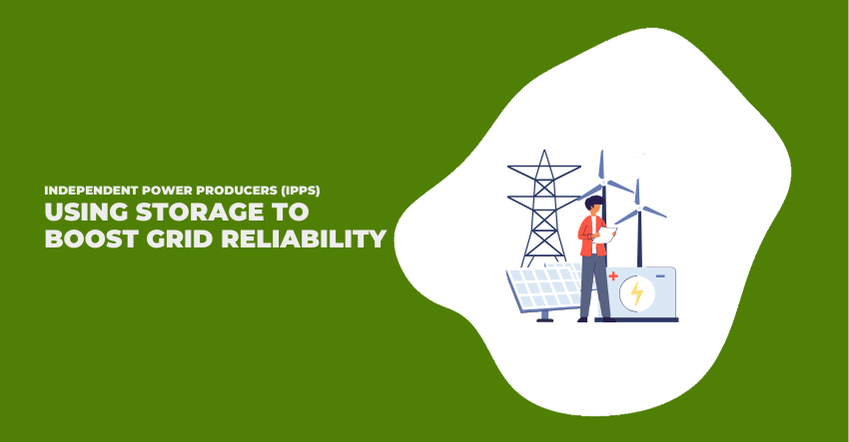Stakeholder Management in the Wind Industry
Like many of you in the wind industry, I often find myself thinking about noise. The whooshing of wind turbines has been the subject of endless debates between wind farm developers and members of local communities who are hostile to them.
But at this moment I’m not thinking about the whooshing itself. Instead I’m thinking about a different kind of noise: I’m thinking about the noise caused not by the turbines themselves but by the debate about wind turbines. A quick survey of the web yields all sorts of yelling on both sides of the wind farm debate. But how much of the debate is based on accurate and reliable information and how much of it is noise and posturing, on both sides of the debate? And, perhaps more importantly, how do we sift through the noise and get down to the truth?
I think the right answer is also the simplest: we can decrease the noise by listening rather than yelling; by holding a thoughtful dialogue about wind turbines and their impacts on communities rather than shrieking exaggerations and distortions at one another. In other words: we need meaningful engagement.
In the past, wind farm developers have often powered through opposition and for that reason they may be tempted to think that there’s no reason to listen. In my experience, the opposite is true. There are ever more reasons to listen, and to prove that they’ve done so.
So, in this context, how do we conduct meaningful stakeholder consultation and engagement? My colleague, Etienne Lecompte, recently published an article last month that talked about failing better, and I think that concept applies here, too. Friction and community opposition are inevitable in this industry, but there’s still a right way to listen and to engage.
First, understand where they’re coming from, and try to empathize.
I once spoke to someone at a public open house who asked if I’d ever buy a property next to a wind turbine. It was a leading question; he clearly didn’t expect me to say yes. I’m born and raised in Toronto; noise is a lifelong friend. Of course I would, I told him. But I also told him it’s not about whether I would live near a turbine; the question is whether he, who had lived in rural tranquility his whole life, could live near a turbine. He told me that candour and empathy helped him accept our disagreement.
This instance made it clear that, in some cases, the disconnect between the renewable energy industry, and the small communities it typically operates in speaks to an urban/rural divide. I think bridging that is less about “selling” the community on what you hope to do, and more about listening to and embracing divergent perspectives.
While researching this article, I had a conversation with, Lucas Reindler, a Project Development Manager at Renewable Energy Systems and also an old friend in the wind industry. His take on community engagement was telling:
“Proper stakeholder engagement, or lack thereof, can make or break any project. I believe building positive relationships is one of the most critical aspects of the project, and ultimately is a win-win between proponent and host communities. Conducting thorough and professional consultation is vital to achieving this goal.”
Good governance practices show that how you engage with shareholders is just as important as what actions you take in responding to their concerns and the same applies to stakeholders. Consistent, and sincere listening helps turn negativity into goodwill.
Document all of your stakeholder engagements.
The other part of stakeholder engagement is tracking. Know how communities are reacting to wind farms and what their main concerns area. Find patterns, and document them so that you can apply lessons learned from one interaction to another.
Lucas Reindler had something to say about this point too:
“To make sure I’m on the ball, I always look to use the right software tool to implement and track consultation early in the project evolution. The combination of the right approach, with the right software, is the best way to be proactive with stakeholder engagement, build positive relationships, produce focused and effective reports and ultimately drive project success. That’s how you cover all bases.”
We developed our Lithium software platform to help our customers cover their bases, to use Lucas’s words. Using a platform like Lithium allows users to catalogue stakeholder interactions, and diligently track the issues raised in those interactions. It means that when it’s time to circle back with a particular community member or to report on stakeholder interaction to a regulator, you have access to the records you need, when you need it, and in depth.
Having the software you need means that when you get a call from a community member who’s opposing your project, you don’t have to scramble to figure out who he is or what she wants; rather, you can quickly pull up your records and remind yourself. And then you can do what you really need to do: listen.




